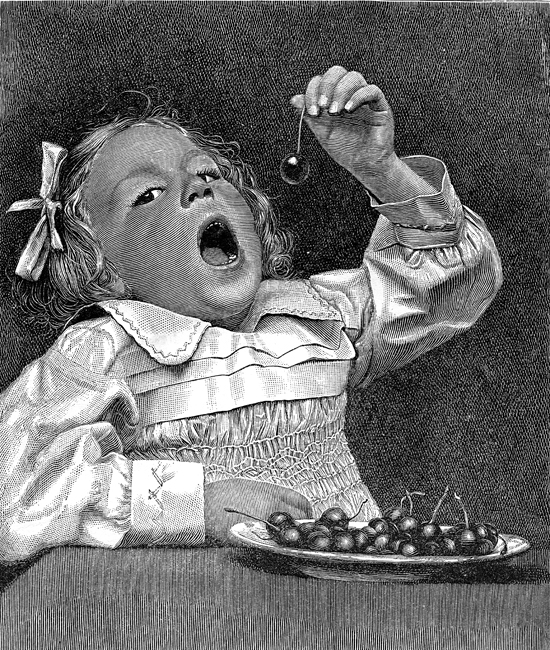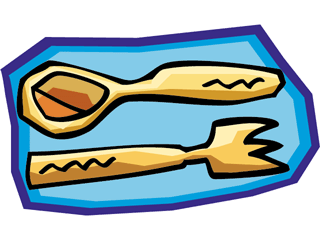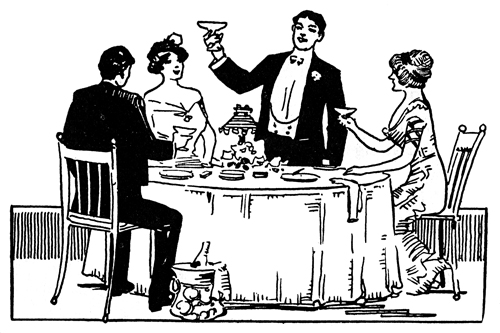Coming to prominence in the 1920s as an "inventive" cornet and trumpet player, Armstrong was a foundational influence in jazz, shifting the music's focus from collective improvisation to solo performance.
Renowned for his charismatic stage presence and voice almost as much as for his trumpet-playing, Armstrong's influence extends well beyond jazz music, and by the end of his career in the 1960s, he was widely regarded as a profound influence on popular music in general.
Armstrong was one of the first truly popular African-American entertainers to "cross over," whose skin-color was secondary to his amazing talent in an America that was severely racially divided. It allowed him socially acceptable access to the upper echelons of American society that were highly restricted for a person of color. While he rarely publicly politicized his race, often to the dismay of fellow African-Americans, he was privately a strong supporter of the Civil Rights movement in America.
Armstrong often stated that he was born on July 4, 1900, a date that has been noted in many biographies. Although he died in 1971, it was not until the mid-1980s that his true birth date of August 4, 1899 was discovered through the examination of baptismal records.
Armstrong was born into a very poor family in New Orleans, Louisiana, the grandson of slaves. He spent his youth in poverty, in a rough neighborhood of Uptown New Orleans, known as "Back of the Town", as his father, William Armstrong (1881–1922), abandoned the family when Louis was an infant and took up with another woman. His mother, Mary "Mayann" Albert (1886–1942), then left Louis and his younger sister Beatrice Armstrong Collins (1903–1987) in the care of his grandmother, Josephine Armstrong, and at times, his Uncle Isaac. At five, he moved back to live with his mother and her relatives, and saw his father only in parades.
He attended the Fisk School for Boys. It was there that he likely had his first exposure to Creole music. He brought in some money as a paperboy and also by finding discarded food and selling it to restaurants, but it was not enough to keep his mother from prostitution. He hung out in dance halls close to home, where he observed everything from licentious dancing to the quadrille. For extra money he also hauled coal to Storyville, the famed red-light district, and listened to the bands playing in the brothels and dance halls, especially Pete Lala's where Joe "King" Oliver performed and other famous musicians would drop in to jam.
After dropping out of the Fisk School at age eleven, Armstrong joined a quartet of boys who sang in the streets for money. But he also started to get into trouble. Cornet player Bunk Johnson said he taught Armstrong (then 11) to play by ear at Dago Tony's Tonk in New Orleans, although in his later years Armstrong gave the credit to Oliver. Armstrong hardly looked back at his youth as the worst of times but instead drew inspiration from it, "Every time I close my eyes blowing that trumpet of mine—I look right in the heart of good old New Orleans...It has given me something to live for." He also worked for a Lithuanian-Jewish immigrant family, the Karnofskys, who had a junk hauling business and gave him odd jobs. They took him in and treated him as almost a family member, knowing he lived without a father, and would feed and nurture him. He later wrote a memoir of his relationship with the Karnofskys titled, Louis Armstrong + the Jewish Family in New Orleans, La., the Year of 1907. In it he describes his discovery that this family was also subject to discrimination by "other white folks' nationalities who felt that they were better than the Jewish race. I was only seven years old but I could easily see the ungodly treatment that the White Folks were handing the poor Jewish family whom I worked for." Armstrong wore a Star of David pendant for the rest of his life and wrote about what he learned from them: "how to live—real life and determination." The influence of Karnofsky is remembered in New Orleans by the Karnofsky Project, a non-profit organization dedicated to accepting donated musical instruments to "put them into the hands of an eager child who could not otherwise take part in a wonderful learning experience." Armstrong developed his cornet playing seriously in the band of the New Orleans Home for Colored Waifs, where he had been sent multiple times for general delinquency, most notably for a long term after firing his stepfather's pistol into the air at a New Year's Eve celebration, as police records confirm. Professor Peter Davis (who frequently appeared at the Home at the request of its administrator, Captain Joseph Jones) instilled discipline in and provided musical training to the otherwise self-taught Armstrong. Eventually, Davis made Armstrong the band leader. The Home band played around New Orleans and the thirteen year old Louis began to draw attention by his cornet playing, starting him on a musical career. At fourteen he was released from the Home, living again with his father and new stepmother and then back with his mother and also back to the streets and their temptations. Armstrong got his first dance hall job at Henry Ponce's where Black Benny became his protector and guide. He hauled coal by day and played his cornet at night.
Renowned for his charismatic stage presence and voice almost as much as for his trumpet-playing, Armstrong's influence extends well beyond jazz music, and by the end of his career in the 1960s, he was widely regarded as a profound influence on popular music in general.
Armstrong was one of the first truly popular African-American entertainers to "cross over," whose skin-color was secondary to his amazing talent in an America that was severely racially divided. It allowed him socially acceptable access to the upper echelons of American society that were highly restricted for a person of color. While he rarely publicly politicized his race, often to the dismay of fellow African-Americans, he was privately a strong supporter of the Civil Rights movement in America.
 Office Clip Art pictures |  Sports Clip Art |  With Food - Free Clip Art |  Food Clip Art - Clipart of |  Free Clip Art - Food Clip Art |
 frech fries, food clipart |  royalty free food images |  Free Food Clipart - Image 5 |  Free Clip Art Illustration of |  Free Food Clipart! |
He attended the Fisk School for Boys. It was there that he likely had his first exposure to Creole music. He brought in some money as a paperboy and also by finding discarded food and selling it to restaurants, but it was not enough to keep his mother from prostitution. He hung out in dance halls close to home, where he observed everything from licentious dancing to the quadrille. For extra money he also hauled coal to Storyville, the famed red-light district, and listened to the bands playing in the brothels and dance halls, especially Pete Lala's where Joe "King" Oliver performed and other famous musicians would drop in to jam.
 Free Food Clipart - Image 4 |  Fast Food Clip Art -- |  Food Vector clip art |  Banana clip art |  Regular Clip Art» Food» |
 Free Clip Art Illustration of |  food clipart chips |  Food | Download Free Education |  Royalty-Free (RF) Fast Food |  Hamburger clip art |
No comments:
Post a Comment